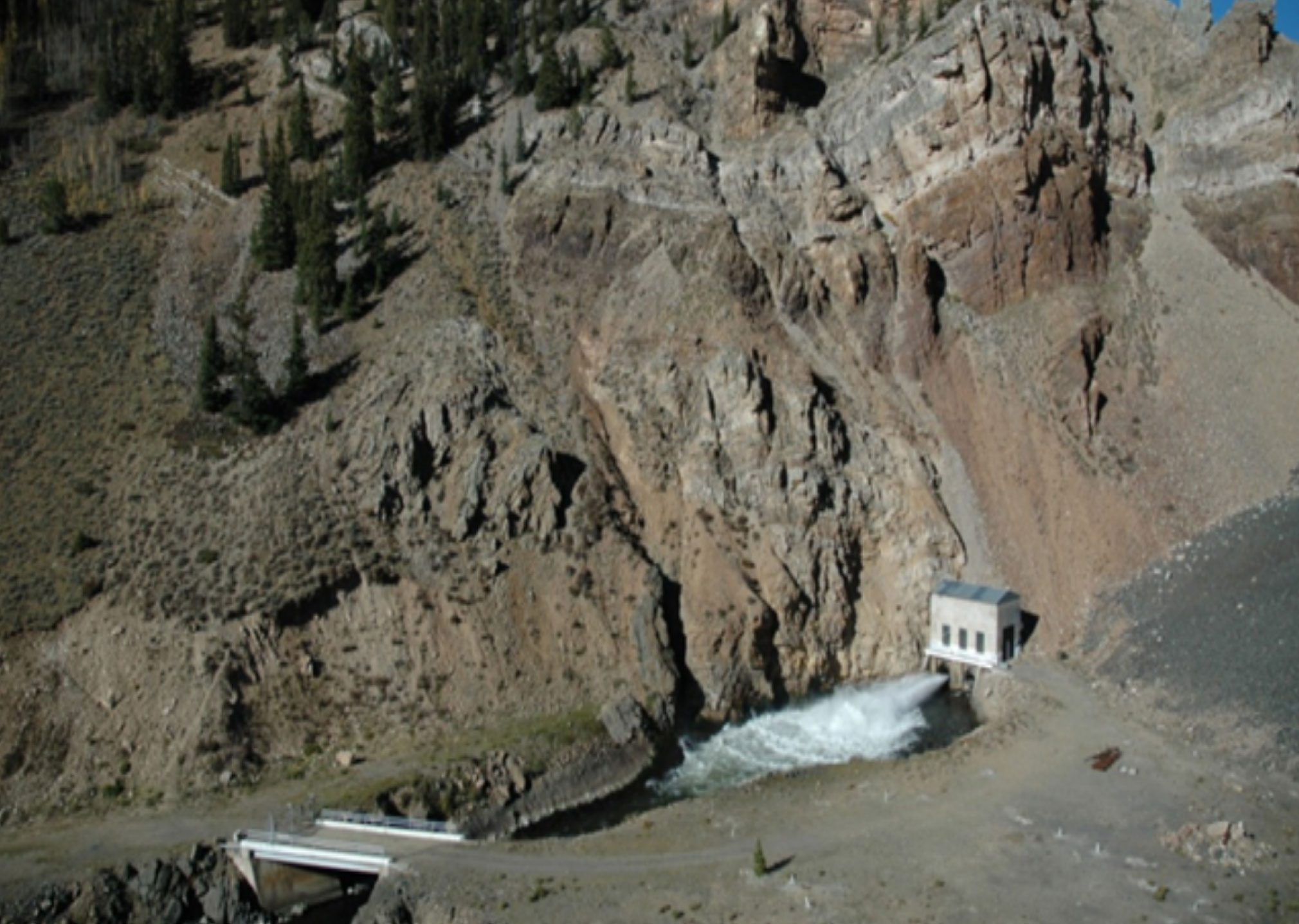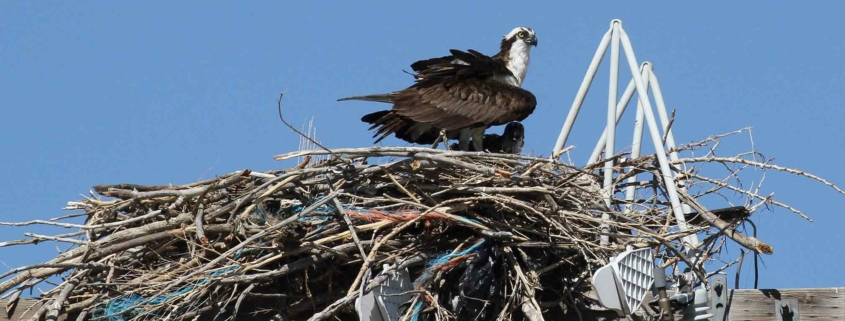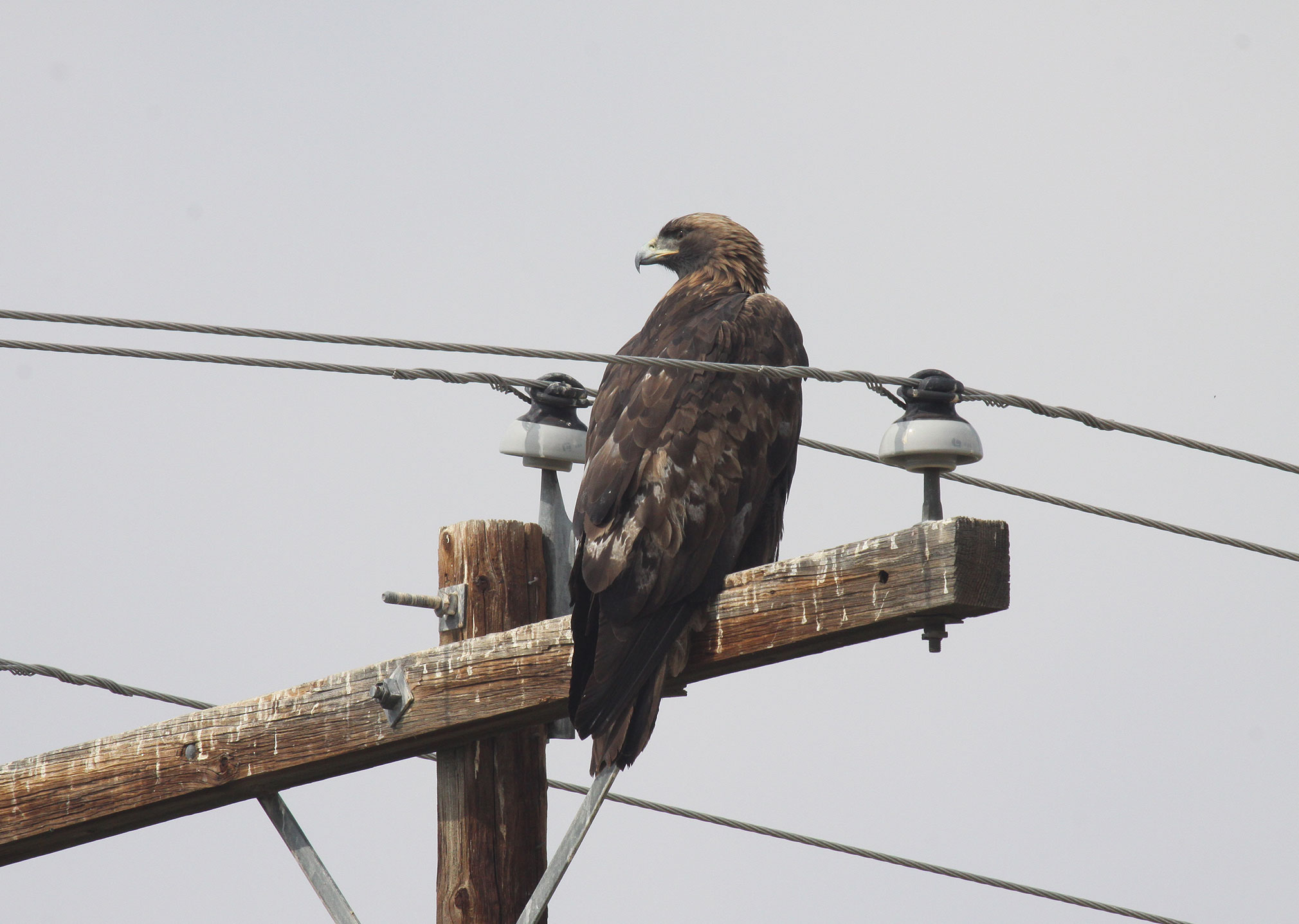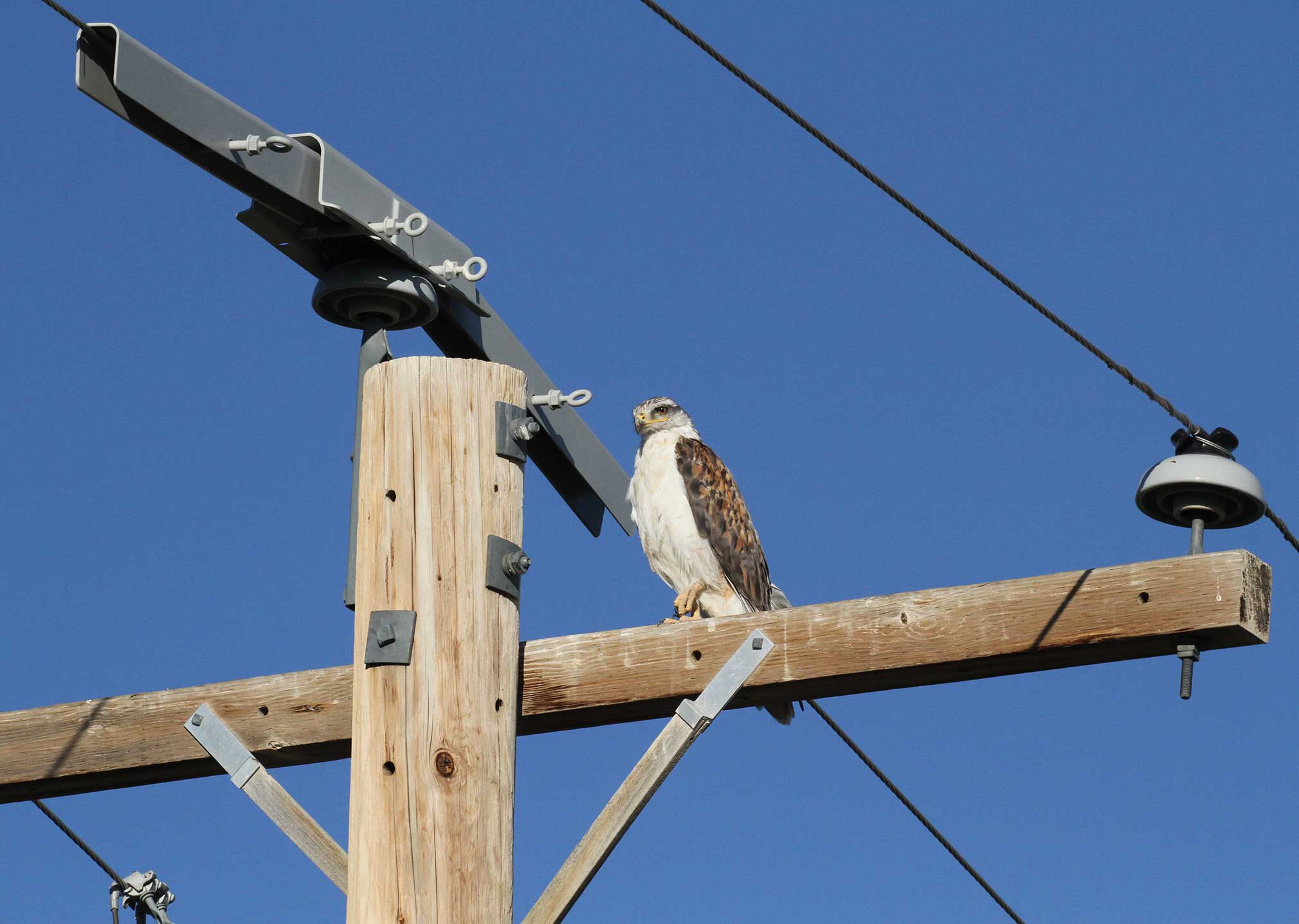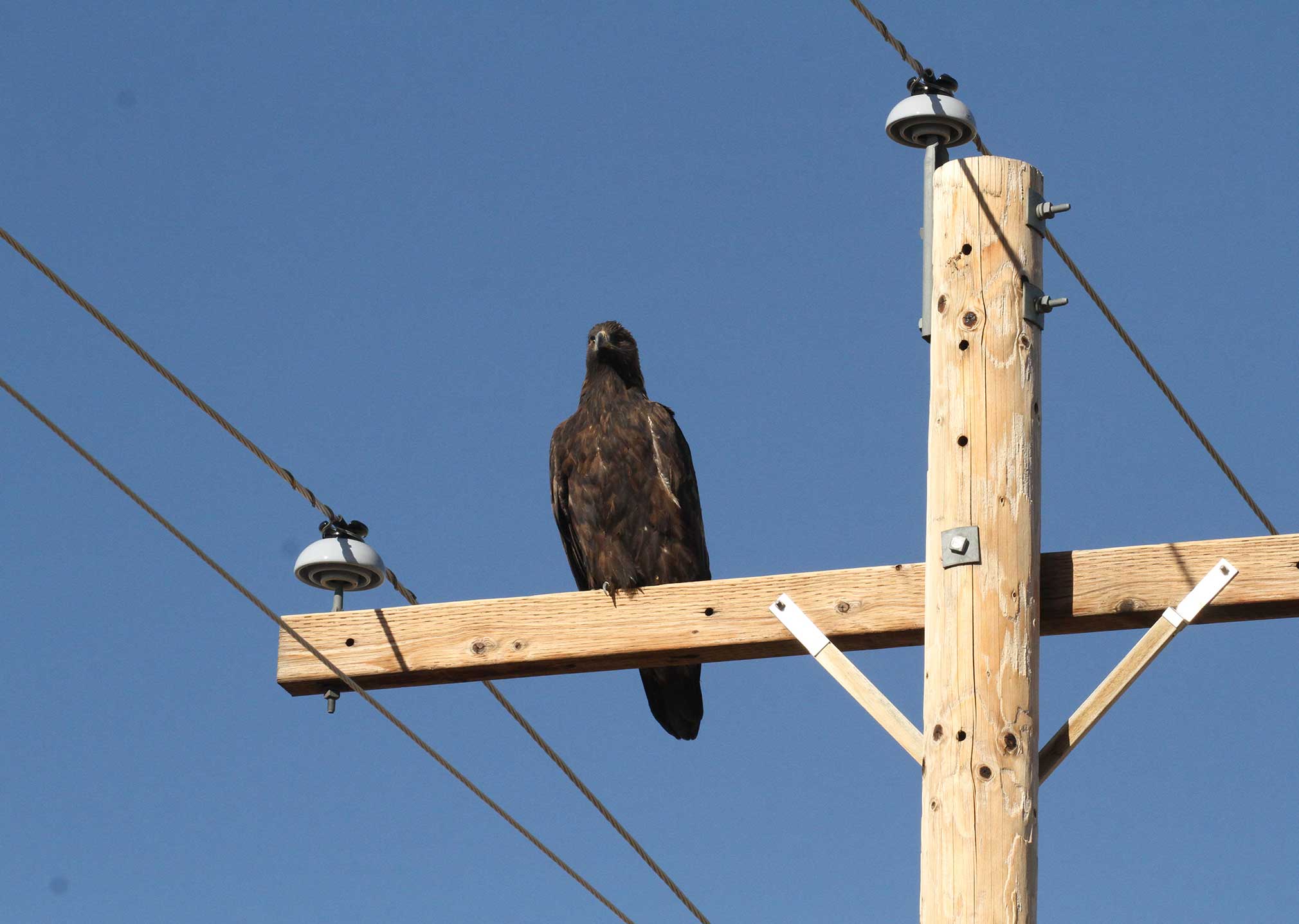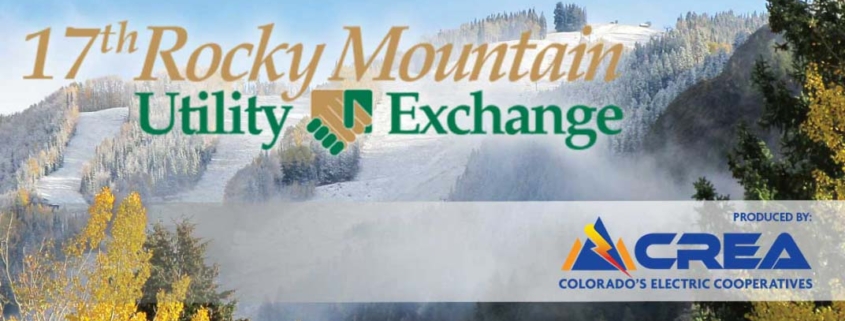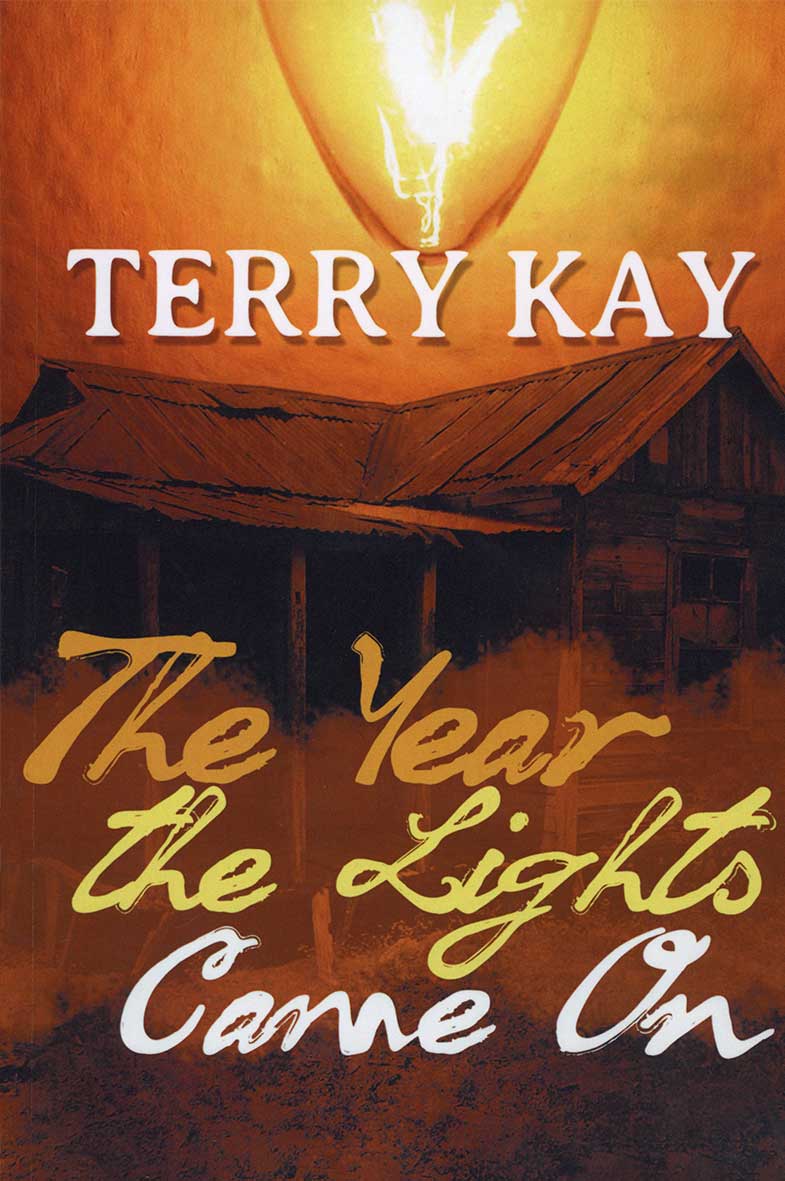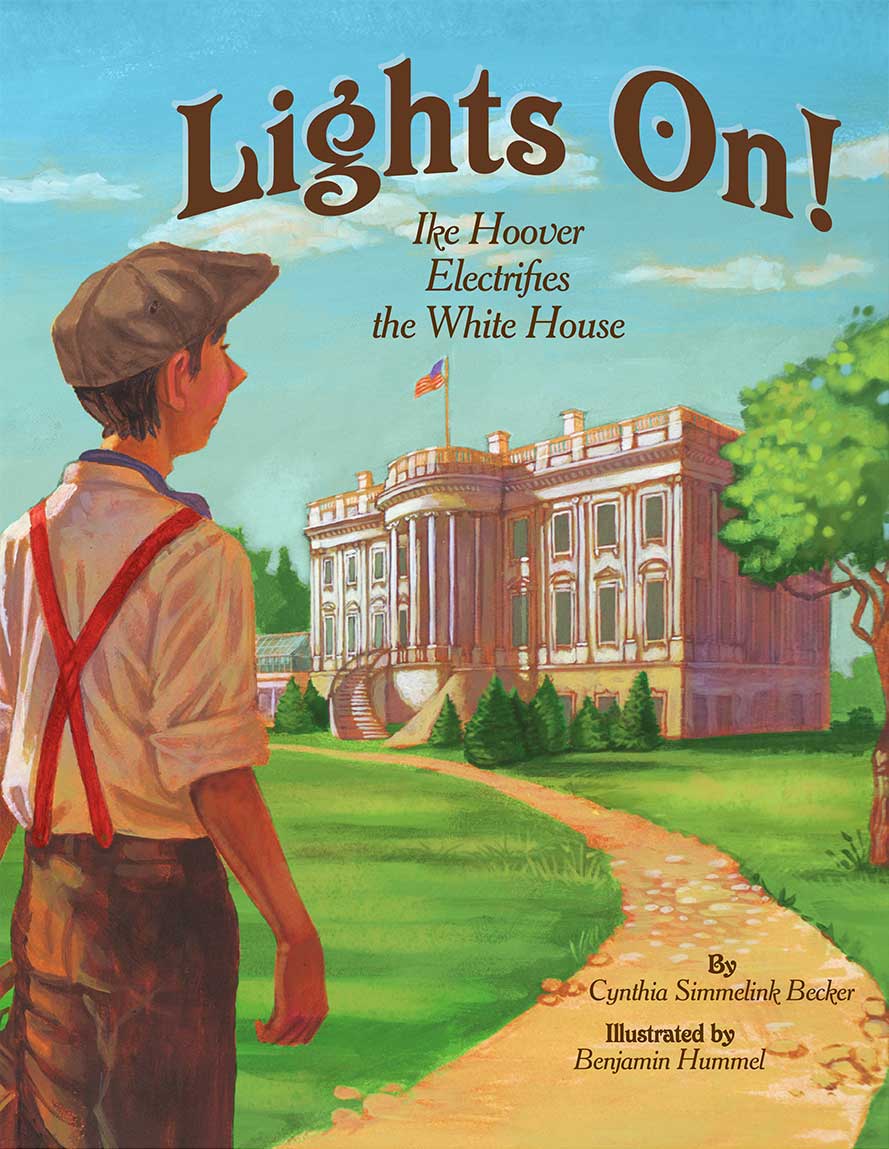Hello Hydropower Energy
By Kylee Coleman
Electricity generated from hydropower tells an interesting story about today’s energy trends that’s deeper than just water flowing over a dam.
It’s a story about a renewable resource that once generated nearly a third of the nation’s electricity — a share that has declined dramatically over the decades with the rise of nuclear power, natural gas, wind and solar.
Although hydropower is less a part of our energy picture than it used to be, it’s still an important part of today’s energy mix. Hydropower projects from Tri-State G&T and Western Area Power Administration, small hydro projects and even micro-hydro projects all work together to help power homes, farms, ranches and businesses in Colorado.
Hydropower works by converting falling water into energy. Historically, Colorado has seen this played out in different applications, such as Crystal Mill, which used a horizontal water turbine to power an air compressor for miners operating machinery and tools in nearby silver mines in the late 1800s. It has also come in the form of large dams built on a river both for flood control as well as to channel the water through large turbines that generate electricity.
According to the United States Department of Energy, hydropower generates roughly 7% of the nation’s electricity — and all but two states receive at least some of their electricity from hydropower.
HYDROPOWER & THE ENVIRONMENT
While flowing water might seem to be an endless energy source, hydropower has a complicated relationship with the environment.
Some question hydro’s claims as a provider of clean energy since the larger projects involve building a huge dam that floods a river valley to create a reservoir. But the Environmental Protection Agency classifies hydro as a renewable resource, and the DOE lists hydroelectricity as the source of 31% of the nation’s renewable electricity.
Recent weather patterns also seem to be redefining what renewable energy means. Hydroelectric generation fell 9% during 2021 because of drought conditions across the country and the West.
HYDRO IS COST-EFFECTIVE
Still, hydro has a lot going for it. It’s one of the cheapest forms of energy, especially after the initial investment costs. Its day-to-day operations don’t produce greenhouse gases. Utility grid operators appreciate its flexibility as a source of electricity that can be turned on and off relatively easily, especially compared with fuels like coal, nuclear, solar and wind.
Those assets have raised interest in adding new hydro projects. Nearly $8 billion has been invested over the past 15 years to add enough capacity to power 1 million homes. While many hydro dams have been around a long time and are ready to be retired, new projects are planned, including modernizing older hydro facilities. DOE reports proposed projects that could generate enough electricity to power yet another 1 million homes.
In addition to upgrading existing sites, the DOE projects that at least 200 “non-powered dams” could have generators added. Out of about 90,000 dams in the U.S., only about 2,200 generate electric power.
Those efforts will be getting a boost from the federal infrastructure law passed in 2021. That measure includes more than $2 billion in hydropower incentives for river restoration and dam rehabilitation.
SMALL HYDRO OFFERS BIG OUTCOMES
“Small hydro” is developed on a scale meant for local communities and industries and mostly contributes to a regional grid. Small hydro projects are defined by the DOE as plants that generate between 100 kilowatts and 10 megawatts.
In Colorado, small hydro can have a large effect on powering communities. Gunnison-based electric co-op GCEA has been working in partnership with the Uncompaghre Valley Water Users Association to install a 500 kW small hydro project at the base of Taylor Park Dam.
Taylor River Hydro, LLC has been pursued as an opportunity to provide cost-effective, locally-generated, carbon-free electricity from an existing resource (the Taylor Park Dam) to the co-op’s consumer-members. “All energy produced at the new hydroelectric facility will be consumed by GCEA members within the co-op’s distribution system,” GCEA Strategy Execution Specialist Matt Feier said.
Taylor River Hydro is designed to operate at or near the 500kW nameplate capacity 24 hours every day, 7 days per week, 365 days per year (minus downtimes for potential repairs and maintenance). Specific fluctuations in power production will be determined by the height of the reservoir at any given time.
“The facility should generate 3,812,733 kWh of electricity per year, on average,” Feier noted. “This is enough energy to power approximately 475 average GCEA-served homes each year.”
Feier explained that the Taylor Park Dam and Taylor Park Reservoir were originally constructed in 1937 for the purposes of agricultural water storage and flood control. The Taylor Park Dam has never incorporated a hydroelectric generation facility, though the dam structure was originally designed to accommodate one.
The dam is owned by the United States Bureau of Reclamation and is operated by the Uncompaghre Valley Water Users Association. UVWUA retains first-fill water rights to water within the Taylor Park Reservoir, and GCEA maintains and operates the electric distribution system that serves the Taylor Park Dam and surrounding areas.
Taylor River Hydro has been working to see the new facility completed and commissioned by December 31, 2023. But the lead time required for a highly specialized, precision valve that needs to be individually manufactured and installed has pushed the completion date to mid-February 2024.
Drought conditions are not expected to impact the generation capacity or function of Taylor River Hydro. “It is designed as a 500 kWh facility, and the Taylor River and Taylor Park Dam/Reservoir can accommodate up to 4 MW of electricity generation during high flows. As such, the new facility is expected to operate at or near full capacity year-round, even in drought conditions,” Feier said.
Hydropower doesn’t always get the attention of flashier advancements like wind and solar technologies, but it’s been around for 2,000 years, since the Greeks used it to turn wheels that ground wheat into flour.
Only the future will tell how much of a role hydro will play, but its time-tested techniques and green energy benefits promise it will still be providing some level of power 2,000 years from now.
Kylee Coleman, editor of Colorado Country Life, writes about issues affecting Colorado’s electric cooperatives and innovations in the electric industry.
Learn about some of Colorado’s past micro hydro projects in this 2017 article.


